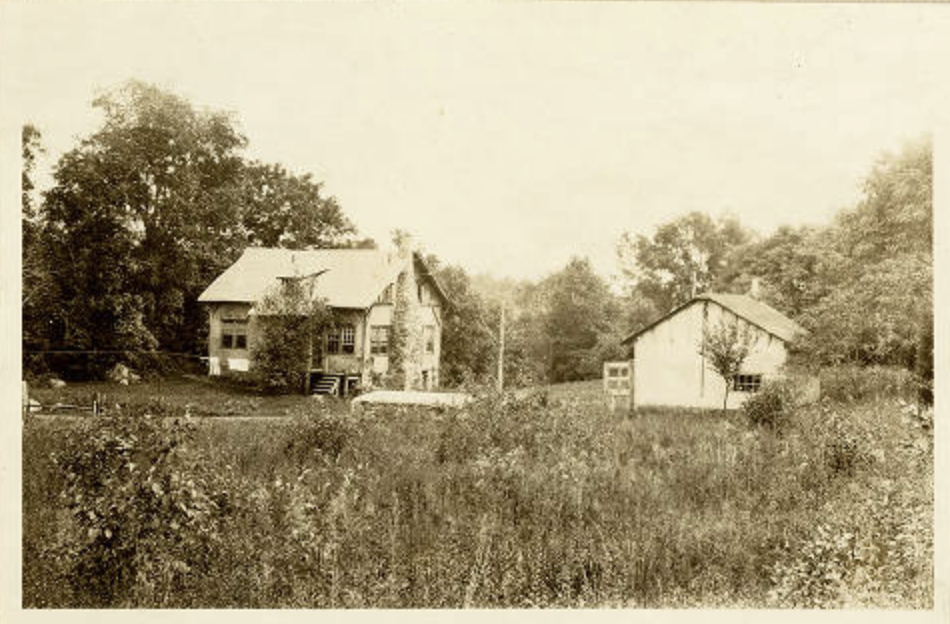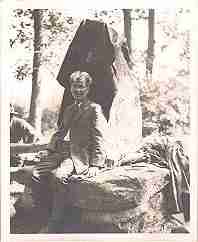Ernest Thompson Seton made Greenwich, Connecticut, his home for approximately thirty years until he relocated to Santa Fe.
He called his first home in the Cos Cob area of Greenwich Wyndygoul. It was on this estate that the concept of the Woodcraft Indians took shape.
Wyndygoul is now a part of Pomerance Park. You can walk the grounds of the home. The home is not still standing, but its walls have been preserved as a memorial to Seton. There is a plaque commemorating Wyndygoul and Seton in the park. You can also see several features prominent in some of Seton’s writings about his home, including the lake and Medicine Rock.
Click here for historic photos of Wyndygoul from the time he lived there.
Seton sold the property in 1913. The new owner was financier Maurice Wertheim, who was the father of writer Barbara Tuchman who is said to have written her classic work about World War I, The Winds of August, at Wyndygoul.
Seton began piecing together several properties for his new estate. The Setons initially lived in a historic home on one of the tracts he bought on Round Hill Road. Seton christened it The Fincherie. The Setons maintained their residence there from 1913 to 1918. Unfortunately, the Fincherie, built in 1763, was demolished by a developer in 1990.
Seton built a new and even more grand home on Lake Avenue in Greenwich. He called this one DeWinton. DeWintion still stands as a part of a remarkable estate and is a private residence. The Setons did not live in DeWinton long. This was a time in which Ernest and Grace were both traveling extensively in connection with their writing careers, and the house proved too large for them.
Seton expanded a studio building on the edge of the property known as Little Peequo, and the Setons moved into it, although they are said to have rarely been home at the same time. This was to be Seton’s official residence until he relocated to Santa Fe. Grace lived there for many years after. Both DeWinton and Little Peequo still stand and are private residences.
In Greenwich today, you can visit Pomerance Park and see Wyndygoul, Medicine Rock, and several plaques commemorating Seton’s life and work. You can look at the lake that Seton built. The remaining walls of Wyndygoul have been preserved as a memorial – eerily similar to the Seton Castle walls in Santa Fe.
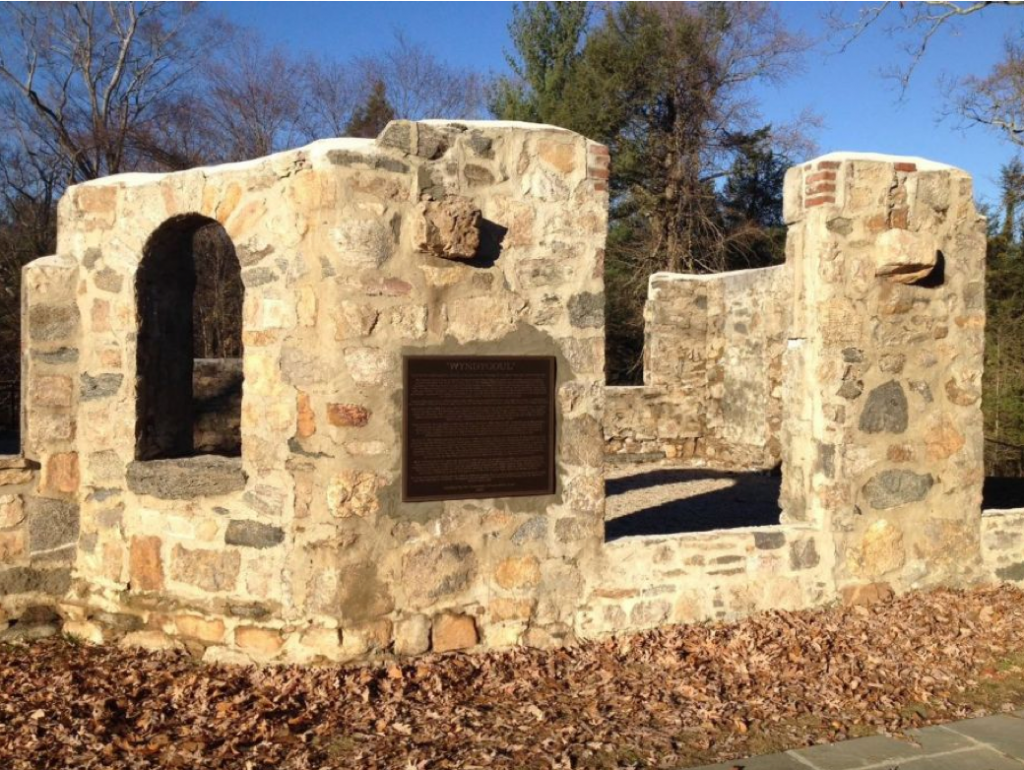
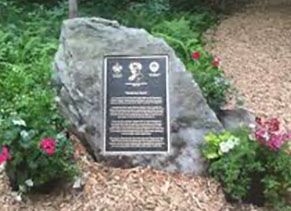
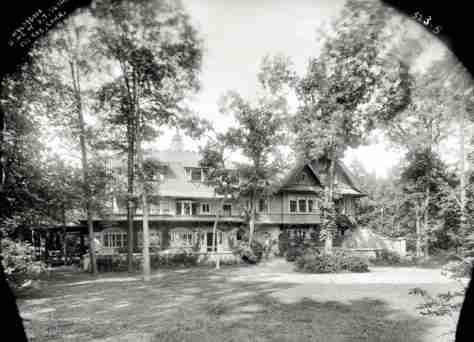
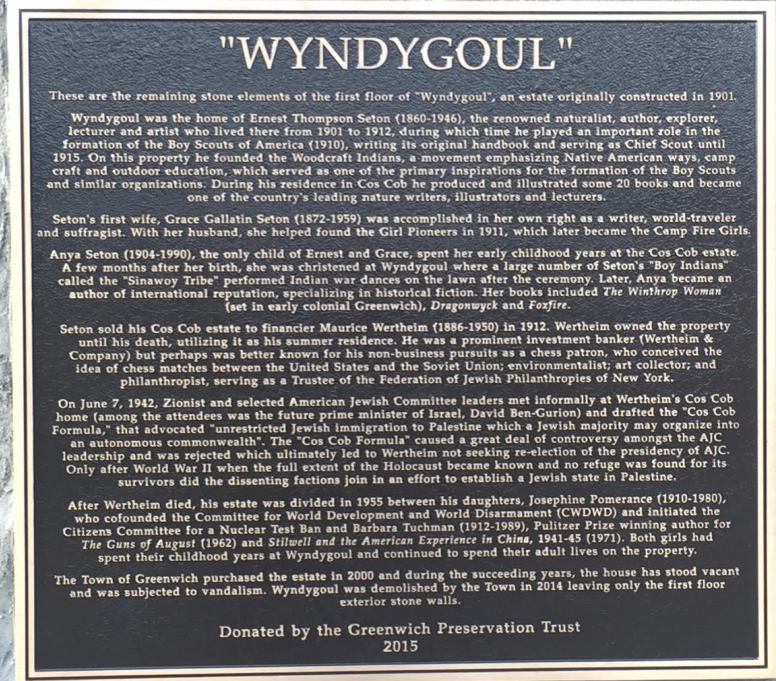

Wyndygoul circa 1910

